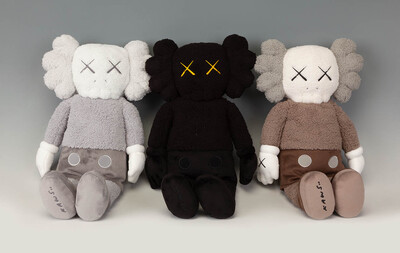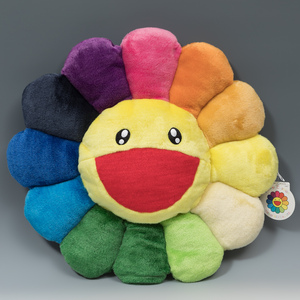The Art Toys revolution
A couple of decades ago a new and revolutionary sector landed in the art market: Art Toys collecting. Far from being a passing fad, everything indicates that this form of artistic expression has come to be a solid value within the art market.
About its history
The detonator of what would become the gigantic cultural wave that today represents the Art Toys, finds its beginning in 1999 when Michael Lau exhibited his Gardeners collection inspired by the G.I. Joe character and adapted to an urban aesthetic.
Soon after, companies such as Medicom and Kidrobot began to manufacture their own customizable figures, attracting the interest of collectors who found in these objects -initially made of vinyl- another outlet for their passion for various pop culture characters. This, in turn, awakened the interest of museums and galleries around the world to exhibit this new form of conceptualization, and art toys were positioned as a new form of artistic expression.
.
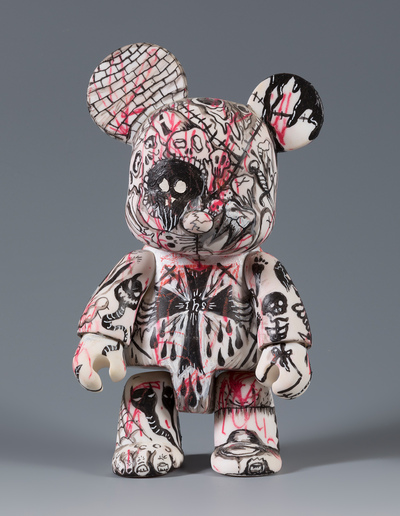
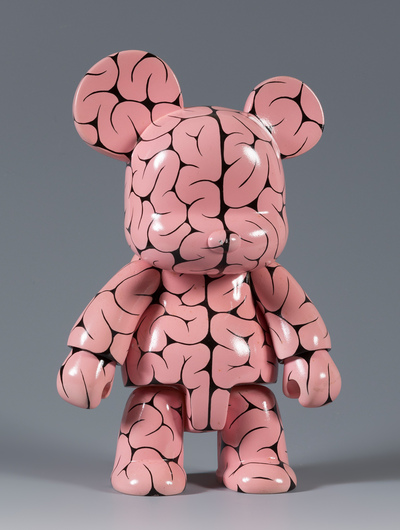
What are Art Toys?
This form of artistic expression represents a universe of unlimited creative opportunities thanks to the variety of shapes, sizes and materials it offers. The concept of art toy resorts to such a universal element as the toy to project in it, its artist conception. In this way, the toy becomes a blank canvas for the artist, who will customize the piece using a variety of artistic techniques. In this sense, the only limit imposed by the art toy is the imagination of its creator.
The diversity of references, both visual, conceptual and formal, make these pieces a surprising means of connection between multiple cultures, whether local, global, ancient or modern. Likewise, the creation process of these artifacts has a unique and original voice that, although it can be reproduced in a serialized way, does not cease to have the imprint of its creator and the vision of the world that through it he wants to convey to the viewer. Beyond their aesthetics, which evoke a regression to childhood with touches of pop art and mass culture, the collectors of this type of works (known as kidadults) are above all lovers of the message they convey, hiding behind their childish appearance high doses of humor, irony and social criticism.
Its creators.
They are usually artists from urban art, digital design or animation who seek to take their work outside the limits of paper or screen by converting it into a three-dimensional format. Among the most outstanding artists we find the American Brian Donnelly, better known as Kaws, whose main inspiration is undoubtedly the iconic Mickey Mouse cartoon, on which he based himself to create his own set of characters called “Companions”. Another of the most prominent artists in the sector is the artist Takashi Murakami, known as the “Warhol of Japan” and whose studio KaiKai & Kiki has become an entire company. But Kaikai and Kiki are much more than a brand. These two characters, who usually appear together, were created almost by chance and today have become, together with his “Happy Flowers”, two of the artist’s great icons.
However, there are many contemporary artists from other fields, such as Edgar Plans or Javier Calleja, who have wanted to enter the toy arts universe, attracted by the multiple plastic possibilities of toy art.
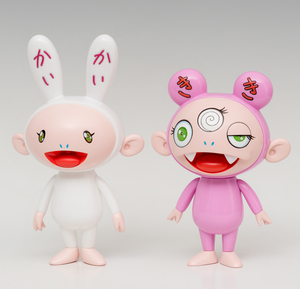
Its success in the art market
Another of the keys to explaining the fulgurating success achieved by this type of art lies in the wide range of prices it offers, opening the door to both new and established collectors with any kind of taste and pocket. It all depends on who is the artist who designs them, if it is an original piece or a series of a few dozen editions or even if it is a resale of a product that after the ‘.sold outThe ‘first time’ of its first commercialization returns to the secondary market as the added value of its greater exclusivity. In fact, some of them have acquired such a revaluation that sales have reached the secondary market reaching unimaginable prices in record time, turning them into true cult objects.

